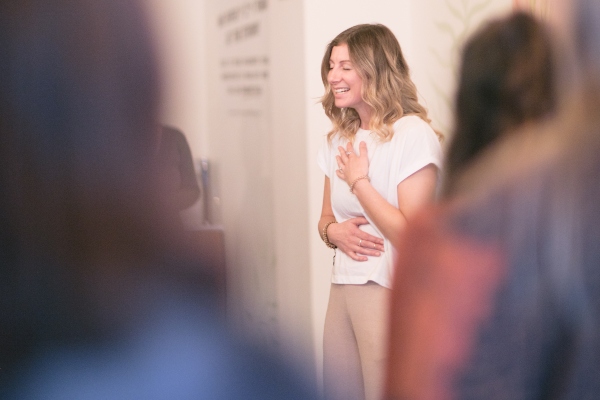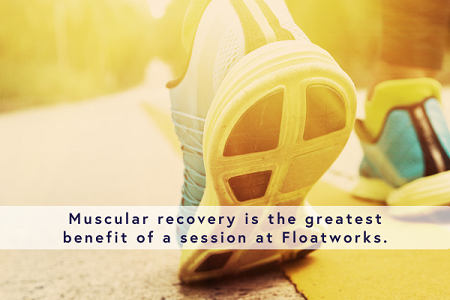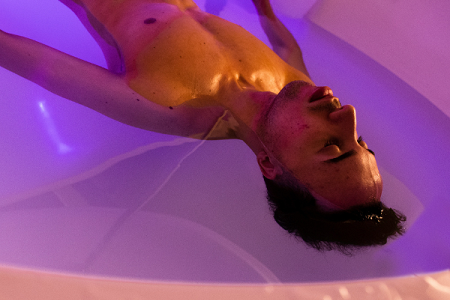Hannah Goodman: Self-Isolation, The Perfect Time to Start a Conscious Breath Practice
While we’re closed, we believe it is important as ever to stay connected, inspired, and help each other. As each of us is impacted by the current health crisis, we enter a space where we can reflect deeply. While we’re closed, our journal will feature one member of our Floatworks family, where we’ll share what they are doing to stay well, be mindful, get creative, and find meaning in this moment.
As a breath practitioner, Hannah Goodman is passionate about what it means to ground ourselves through the breath. By connecting with the breath, we connect with ourselves. “We stabilise an anchor point for the rest of the day,” she said.
While a breath practice can be healing at any stage of life, Hannah sees this work as especially compatible with our current moment. In Lockdown, we have been asked to pause, rest, and slow the pace of our lives. A next natural step – one many in the Floatworks community will be called to – will be to go inward, finding peace in our inner worlds, rather than finding external distractions. Importantly, if we take the time to align ourselves with a breath practice now, Hannah explained, when the ‘play button’ is pressed and we return to the normal flow of life, we will be on ideal footing to carry these practices forward.
To get started, Hannah recommended a simple 5-minute breathing practice, one supported by research from the HeartMath Institute.
Here are Hannah’s five tips for starting this five-minute breath practice:
1. Get your brain on board.
When we begin something new, it may take research, convincing, or patience to let our brains catch up with our desire to start. Write five reasons you are beginning this practice, and the five biggest health benefits of conscious breathing. This way, your brain can support your flow of motivation.
2. Bring your resistances out in the open.
In the early stages, you may feel resistance of some form, subtle or obvious. This is normal and important to notice. When you notice this resistance, instead of bypassing it, it becomes possible to move beyond it. Breathe with any feelings of resistance, as it can be an insightful process. Ask yourself: where is resistance felt in the body?
3. Find your time.
When in your day will you have your breath practice? Consider when will be the most helpful and realistic time to anchor yourself each day. Perhaps you let your practice follow something you already do each day. Let an already established daily habit be your reminder for this practice. Be sure to use a timer, as well. It’s only 5 minutes!
4. Record what comes up for you during your practice.
Take a few notes on your experience when you have finished each day. By reflecting on your practice, you can deepen it and build trust in the process. If you don’t record where you started, how will you see how far you’ve come?
5. Keep the conversation going.
Share what is coming up for you with others, as it may inspire someone else to begin a practice, as well as help deepen your own learning. You may notice more about breathing itself as you continue your practice; see this as a universal retargeting! As promising research continues on the collective power of mass meditation, it becomes an important opportunity not only for individuals to bring meaningful practices into their lives, but an opportunity to influence the health of our society more broadly as well.
You can find the five-minute Heart Coherence Guided Meditations on Spotify.
You can Follow Hannah on Instagram, Facebook, and see her online workshops here.











